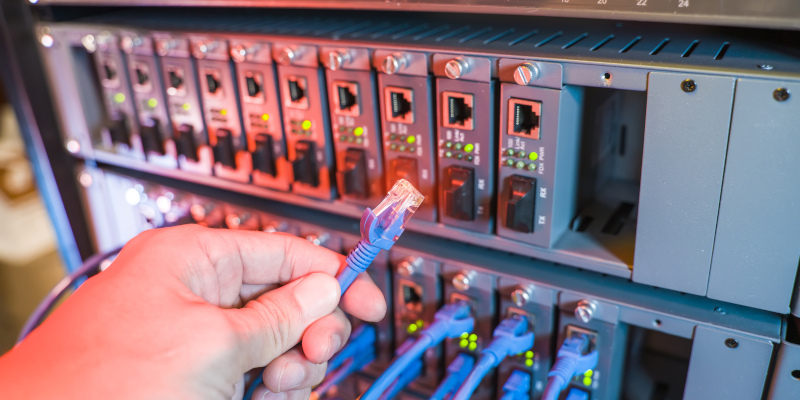
Fiber optic cables have rapidly become essential in most workplaces because they allow for high-speed data transfer and provide reliable connectivity. However, it’s easy to forget about them once they are in place and doing their job. Making sure you implement a few best practices for fiber optic cables will help preserve the performance and lifespan of fiber optic cables, but many people don’t know where to begin. In this article, we’ll outline some basic steps for fiber optic maintenance.
- Implement cable management – Having a system for managing and containing your fiber optic cables can help reduce stress and wear on them, as well as keep your workplace tidy. Cable ties or trays are both great methods for keeping everything organized, and they’ll also reduce bending which can damage the cables.
- Upgrade when possible– Technology is developing rapidly, so try to stay on top of any industry changes and swap out old fiber optic equipment when you can. Promptly handling any necessary replacements can also help you avoid getting stuck with outdated equipment that may negatively impact performance.
Clean when necessary – Although modern fiber optic cables are designed to be placed and left alone, accumulated dirt, dust, or other contaminants can lower the performance of fiber optic cables. If you’ve had other work done around them, it’s a good idea to take some steps to clean them off. You should also make sure you thoroughly clean any connections before plugging a fiber optic cable in. Use cleaning products specifically designed to safely and effectively clean fiber optics to ensure maximum efficiency.






